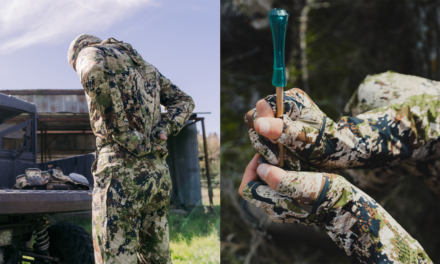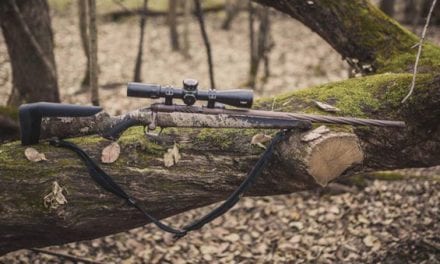LINCOLN, Neb. — Nebraska wildlife officials are welcoming colder temperatures for at least one reason. A hard freeze kills the insects responsible for spreading two deadly viral diseases among big game populations during dry years.
Since asking the public to report dead and sick big game animals in August, the Nebraska Game and Parks Commission has fielded more than 150 reports of suspected epizootic hemorrhagic disease, often referred to as EHD, or the closely related illness bluetongue.
Todd Nordeen, Game and Parks big game research and disease program manager, said agency staff is closely monitoring the situation.
“So far, this year’s statewide reports are only a fraction of what we received during our worst year on record, 2012, but we need hunters, landowners and other members of the public to report what they’re seeing so we can accurately gauge the scope,” he said.
EHD and bluetongue are known to spread during times of drought and are most prevalent in late summer until the first frost. For both illnesses, certain biting midges or gnats, smaller than mosquitoes, carry the disease between deer and other big game animals. When animals congregate at water during drought, the insects have potential to spread the virus among them easily. Additionally, infected animals often seek water for relief and die in or near it.
Both EHD and bluetongue are hemorrhagic diseases and are indistinguishable without laboratory analysis.
EHD and bluetongue do not affect humans, but can be destructive to big game populations. Infected animals often have high fever, internal bleeding, swelling, lesions, lethargy, increased heart rate, dehydration, salivation, incoordination and loss of fear of humans. While the diseases pose no threat to people’s health, hunters should always avoid consuming animals that appear to be sick.
Game and Parks is asking the public to continue reporting sick or dead deer, pronghorn, elk and bighorn sheep, especially if they are near water sources. Most of the reports so far have been in northeastern Nebraska, with some also in the Panhandle and southeastern parts of the state.
Of this year’s reports, EHD has been confirmed in all the big game species but elk and appears to be affecting populations of white-tailed deer and pronghorn the most.
Reports of dead or sick wildlife may be made to the nearest conservation officer or Game and Parks office. Locations include Alliance, Bassett, Kearney, Gretna, North Platte, Lincoln, Omaha and Norfolk. For more information, visit outdoornebraska.org.
The post Big game diseases monitored as cold temps arrive appeared first on Nebraskaland Magazine.















